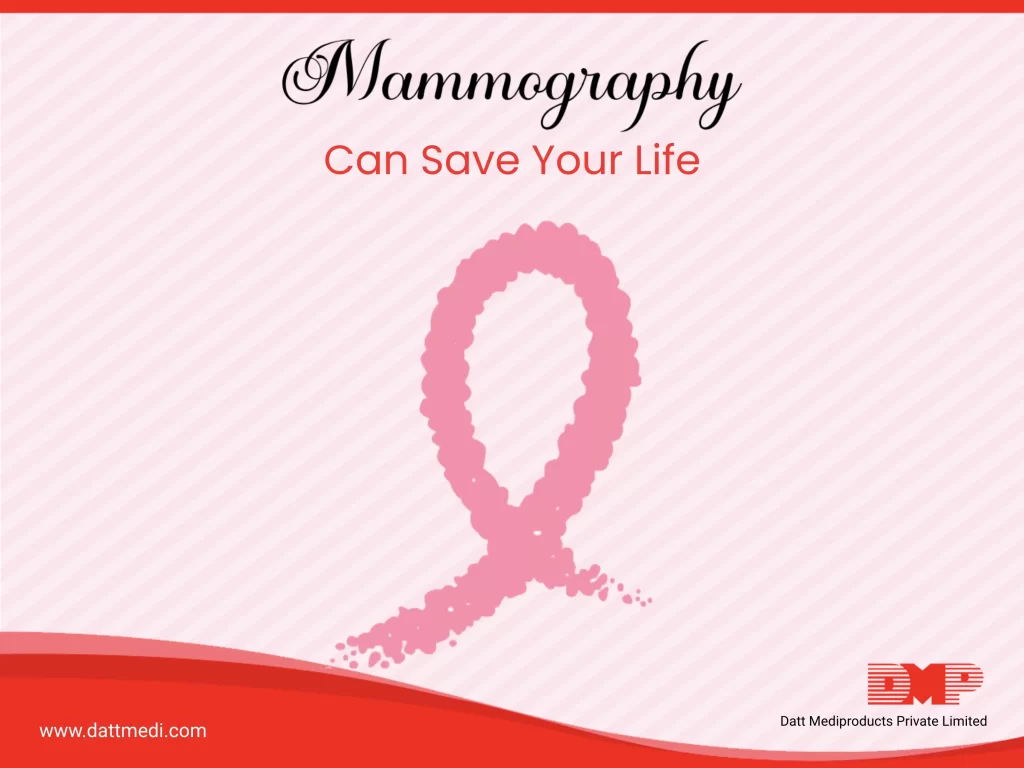
Do you notice a distortion in the shape of your breasts? Do you feel a lump in your chest? Or a bloody discharge from your nipples? If yes, you should be worried. You might be unaware that you could be diagnosed with breast cancer if your body exhibits these symptoms.
Breast cancer is a tumorous growth in the breast cells which occurs due to uncontrolled cell division. When it affects the milk-producing ducts, it is called “Ductal Carcinoma” and when it occurs in the gland tissues, it is referred to as “Lobular Carcinoma”.
Breast Cancer may also spread to the surrounding tissues, referred to as Invasive Breast Carcinoma or Metastatic Breast Cancer. There are few other types of breast cancer as well, which are not so common.
According to the World Health Organization (WHO), breast cancer has become the second most common cancer globally and the most common type of cancer in women impacting over 1.5 million women each year.
In 2017, approx. 15% of the cancer deaths among women were attributed to breast cancer.
Following are the few common symptoms of breast cancer (however sometimes it can be asymptomatic also):
– Lumps or masses within the breast that feel different from the surrounding tissues, which can be painless as well.
– Lumps or swelling developed under the arms.
– Skin changes in the nipple, dark pigmentation, retraction of nipples, peeling or flaking skin.
– Noticeable flattening or indentation of the breast.
– An unusual discharge from the nipple.
– Any unusual change in the appearance, size, or shape of the breast tissue.
“An Early Diagnosis is the Key to Survival”
Cancer is best cured if it is detected at an early stage. Early screening of cancer prevents the carcinogenic cells from spreading to other parts of the body. It may also help you find a problem in the breast tissue which is not cancer.
Breast Self Exam
An awareness of breast cancer can save many lives. Women should be aware of their breasts and any unusual change should be noted regularly, apart from undergoing screening tests. Women should examine their breast tissues on their own too if there are any lumps or unusual changes. These changes may then be reported to the doctor for further treatment. Don’t panic if you find a lump; all lumps are not cancerous. Proper technique of performing the self-check-up can be first be discussed with the doctor.
“Forty percent of diagnosed breast cancers are detected by women who feel a lump, so establishing a regular breast self-exam is very important.” source – Johns Hopkins Medical center
What is a Mammography?
Mammography is the screening test used to detect breast cancer in people who don’t have any signs or symptoms as well as in patients who have lumps or other signs of breast cancer. Mammography uses an X-ray to screen the breast tissues. It is recommended every 1-2 years for women in their 40s and should be continued until at least 75 years of age.
Breast cancer can be detected at an early stage with a mammogram: much earlier than they can be felt. So, screening is the key to early detection.
1. Mammograms can’t prevent breast cancer but they can help save your life.
2. An early detection of cancer reduces the risk of dying from the disease by 25-30% or more.
3.Mammography is a fast screening test. The procedure takes about 20 minutes.
4. It is safe as it involves only a little amount of radiation.
5. An early detection of cancer with mammography helps prevent breast removal (mastectomy), as removing only localized cancers will work.
6. Mammography can help identify any false alarms also.
CLINICAL BREAST EXAMS should be performed every 1-3 years for women aged 25-39 years of age and every year for women aged 40 years and older.
We hope that greater breast cancer awareness will lead to earlier detection and better outcomes. You, too, can join the fight against breast cancer. October is National Breast Cancer Awareness Month, a great time to join a breast cancer walk near you.




